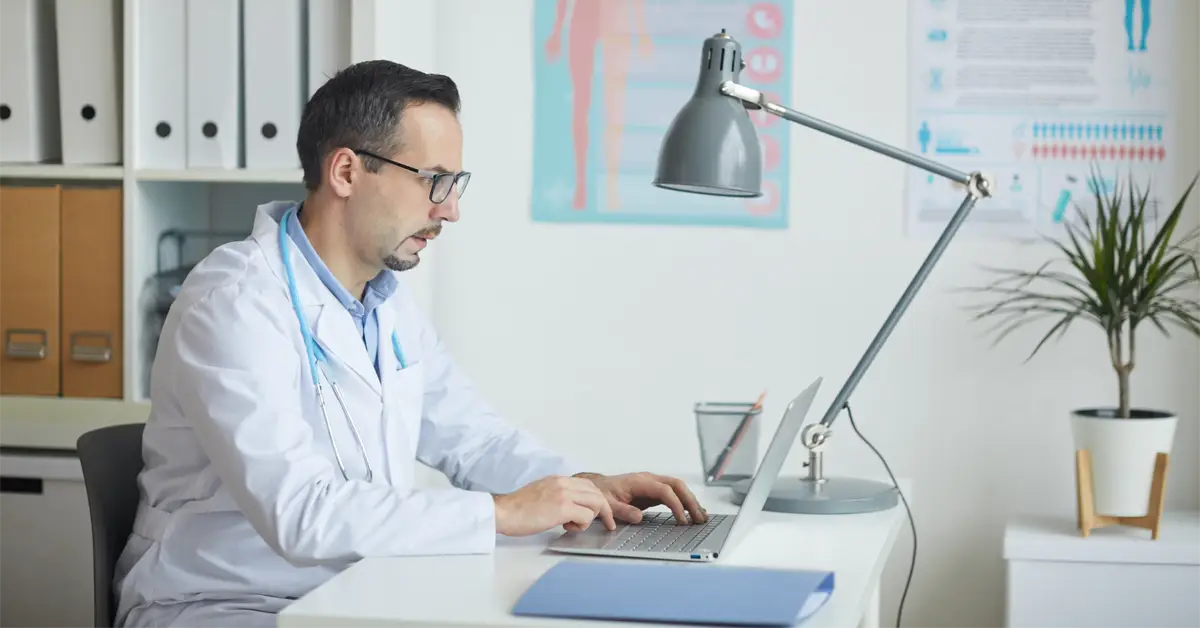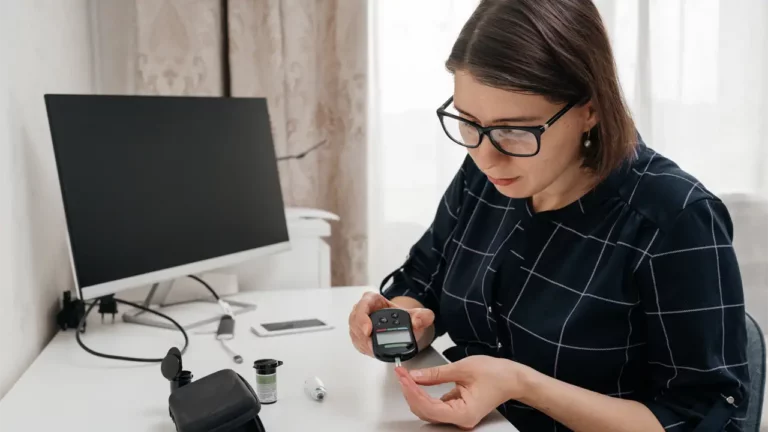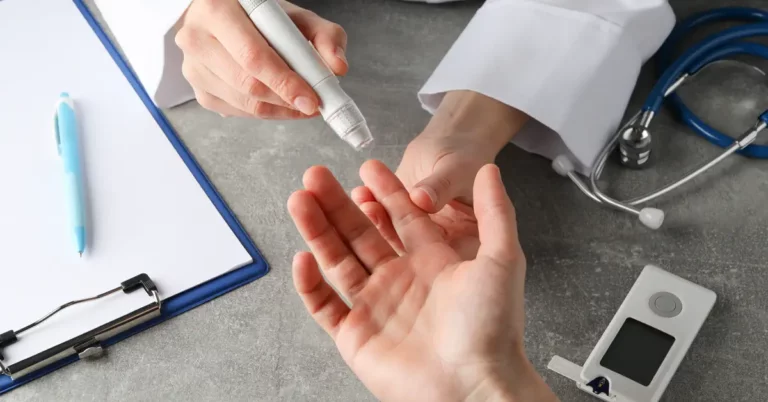Remote Physiologic Monitoring (RPM) is an innovative technology that allows healthcare professionals to remotely monitor a patient’s physiological data, such as heart rate, blood pressure, and oxygen levels, using a medical device. This technology has been gaining popularity in recent years as a way to improve patient care, particularly for those with chronic conditions that require frequent monitoring.
Remote Patient Monitoring (RPM) Current Procedural Terminology (CPT) codes are a set of codes developed by the Centers for Medicare and Medicaid Services (CMS) to reimburse healthcare providers for the services provided through RPM. These codes have been instrumental in facilitating the widespread adoption of RPM in healthcare, as they provide a clear framework for billing and reimbursement.
In this article, we will explore the benefits and best practices of using RPM and their related CPT codes in healthcare. We will also discuss the frequently asked questions related to RPM billing, and how healthcare professionals can make the most of these codes to improve patient care and streamline their practice.
Understanding Remote Physiologic Monitoring
Remote Physiologic Monitoring (another term of use for “Remote Patient Monitoring”), or RPM, is a technology that allows healthcare professionals to remotely monitor a patient’s physiological data, such as heart rate, blood pressure, and oxygen levels, using a medical device. This data is transmitted to a healthcare professional who can then interpret the data and adjust the patient’s treatment plan as needed.
Benefits of Remote Physiologic Monitoring
- Improved patient care: RPM allows healthcare professionals to monitor a patient’s physiological data in real-time, which can help them identify potential issues and adjust the patient’s treatment plan as needed before they become serious problems.
- Reduced hospitalization: RPM can help reduce the number of hospitalizations by allowing healthcare professionals to remotely monitor patients with chronic conditions and intervene when necessary.
- Increased efficiency: RPM can help healthcare professionals streamline their practice by eliminating the need for in-person visits and reducing the need for lab tests.
- Cost savings: RPM can help reduce healthcare costs by reducing the number of hospitalizations, lab tests, and in-person visits.
How Remote Physiologic Monitoring Works
RPM typically involves the use of a medical device that a patient can use at home. The device can be wearable, and is connected to the patient’s computer or mobile device and transmits the patient’s physiological data to a healthcare professional in real-time. The healthcare professional can then interpret the data and make adjustments to the patient’s treatment plan as needed.
Types of Remote Physiologic Monitoring
There are several types of RPM, including:
- Cardiac monitoring: This type of RPM involves monitoring a patient’s heart rate, rhythm, and cardiac function.
- Respiratory monitoring: This type of RPM involves monitoring a patient’s respiratory flow and rate.
- Glucose monitoring: This type of RPM involves monitoring a patient’s blood sugar levels.
- Blood pressure monitoring: This type of RPM involves monitoring a patient’s blood pressure.
Each type of RPM uses different devices and technologies, and each is used to monitor specific physiological parameters.
Remote Patient Monitoring CPT Codes
Remote patient monitoring (RPM) is an innovative healthcare technology solution that allows patients to receive care from the comfort of their own homes. The use of RPM is becoming increasingly popular due to advancements in technology, and the ability to provide high-quality care to patients with chronic conditions. One of the key components of RPM is the use of CPT codes, which are codes used by healthcare providers to bill for the services they provide.
There are several CPT codes that are specific to RPM. The most commonly used codes are 99457 and 99458. CPT code 99457 is used for the remote evaluation of recorded video and/or images, submitted by an established patient, including interpretation and report, furnished to the patient/caregiver. CPT code 99458 is used for the same service as 99457, but with the patient and the practitioner interacting in real-time via an audio-visual telecommunications system.
It is important to note that to bill for these codes, certain requirements must be met. The services must be furnished by a qualified healthcare professional, and the patient must have had an in-person visit with the provider within the past 12 months. Additionally, the services must be furnished at least every 30 days, and there must be at least 2 days of interactive communication between the patient and the practitioner during the 30-day period.
Furthermore, it is important to be aware of the reimbursement rates for these codes, as they may vary depending on the payer. Medicare and Medicaid services have different reimbursement rates for these codes, and private insurance companies may also have different rates. It is important for healthcare providers to check with their specific payers to understand the reimbursement rates for RPM-related CPT codes.
Using Remote Physiologic Monitoring in Practice
Remote physiologic monitoring allows healthcare professionals to remotely monitor and track patient physiological data, such as heart rate, oxygen levels, and respiratory flow rate. This technology can be used to manage chronic conditions and improve overall patient care. In this section, we will discuss how to effectively implement remote physiologic monitoring in practice.
- Setting up and educating patients: Before starting remote physiologic monitoring, it is important to properly set up the equipment and educate patients on its proper and consistent use. This includes explaining how to properly wear and use the monitoring device, as well as how to transmit and access their physiological data.
- Monitoring and interpreting data: Remote physiologic monitoring devices collect and transmit patient data to healthcare professionals, who then interpret and use the data to make informed decisions about the patient’s care. It is important to regularly monitor and review the data to detect any changes or concerns in the patient’s health.
- Regular communication with patients: Remote physiologic monitoring not only allows healthcare professionals to remotely monitor patient data, but also allows for interactive communication with patients. This can include providing patient education, answering questions, and addressing any concerns. Regular communication between patient and provider regarding RPM use is critical to its success.
- Billing and reimbursement: Remote physiologic monitoring services can be billed and reimbursed using specific CPT codes. It is important for healthcare professionals to be familiar with these codes and requirements for billing and reimbursement.
- Combining with other treatments: Remote physiologic monitoring can be used in conjunction with other treatment options, such as telehealth or in-person visits. This can help to provide a comprehensive and holistic approach to patient care.
By understanding and effectively utilizing remote physiologic monitoring in practice, healthcare professionals can improve patient care and manage chronic conditions. It is important for healthcare professionals to stay up-to-date with the latest technologies and guidelines for remote physiologic monitoring to ensure the best possible outcomes for patients.
Revolutionizing Healthcare with DrKumo’s Remote Patient Monitoring Technology
DrKumo‘s Remote Patient Monitoring (RPM) technology is making the most of the advancements in remote physiologic monitoring and related CPT codes. By utilizing these tools, DrKumo is providing a more effective and efficient way to manage patient health. With real-time monitoring and advanced AI/ML capabilities, DrKumo is making it easier for healthcare providers to access the information they need to make informed decisions and deliver better care to their patients.
DrKumo is at the forefront of this revolution, providing a state-of-the-art solution to the most pressing problems in healthcare delivery. Their Remote Patient Monitoring (RPM) technology offers a user-friendly solution that empowers patients to manage their health conditions from the comfort of their homes, while also providing healthcare providers with real-time intelligence to enable timely intervention.
With a culture that values innovation, collaboration, and technology, DrKumo is changing the way people access quality healthcare. Their HIPAA-compliant, mobile-enabled platform, combined with advanced AI and machine learning capabilities, is making a real difference in the lives of patients and healthcare providers around the world. Whether you’re dealing with chronic disease management, acute care, post-operation recovery, or hospital care at home, DrKumo’s RPM technology is there to help.
Takeaways
Remote physiologic monitoring is a powerful technology solution that can help healthcare providers improve patient outcomes. By using RPM, healthcare providers can remotely monitor the health conditions of their patients at home, providing real-time intelligence for timely intervention. This can help reduce hospital readmissions, improve patient compliance, and better manage chronic conditions.
Additionally, understanding the CPT codes associated with remote patient monitoring can help healthcare providers navigate the reimbursement process and ensure they are getting the maximum reimbursement for their services. With the right tools, training, and understanding of the codes, healthcare providers can effectively use remote physiologic monitoring and remote patient monitoring CPT codes to provide better care for their patients.
Don’t wait, take the first step towards revolutionizing your healthcare delivery today and contact DrKumo to learn more about how our remote patient monitoring solutions can benefit your practice and your patients








